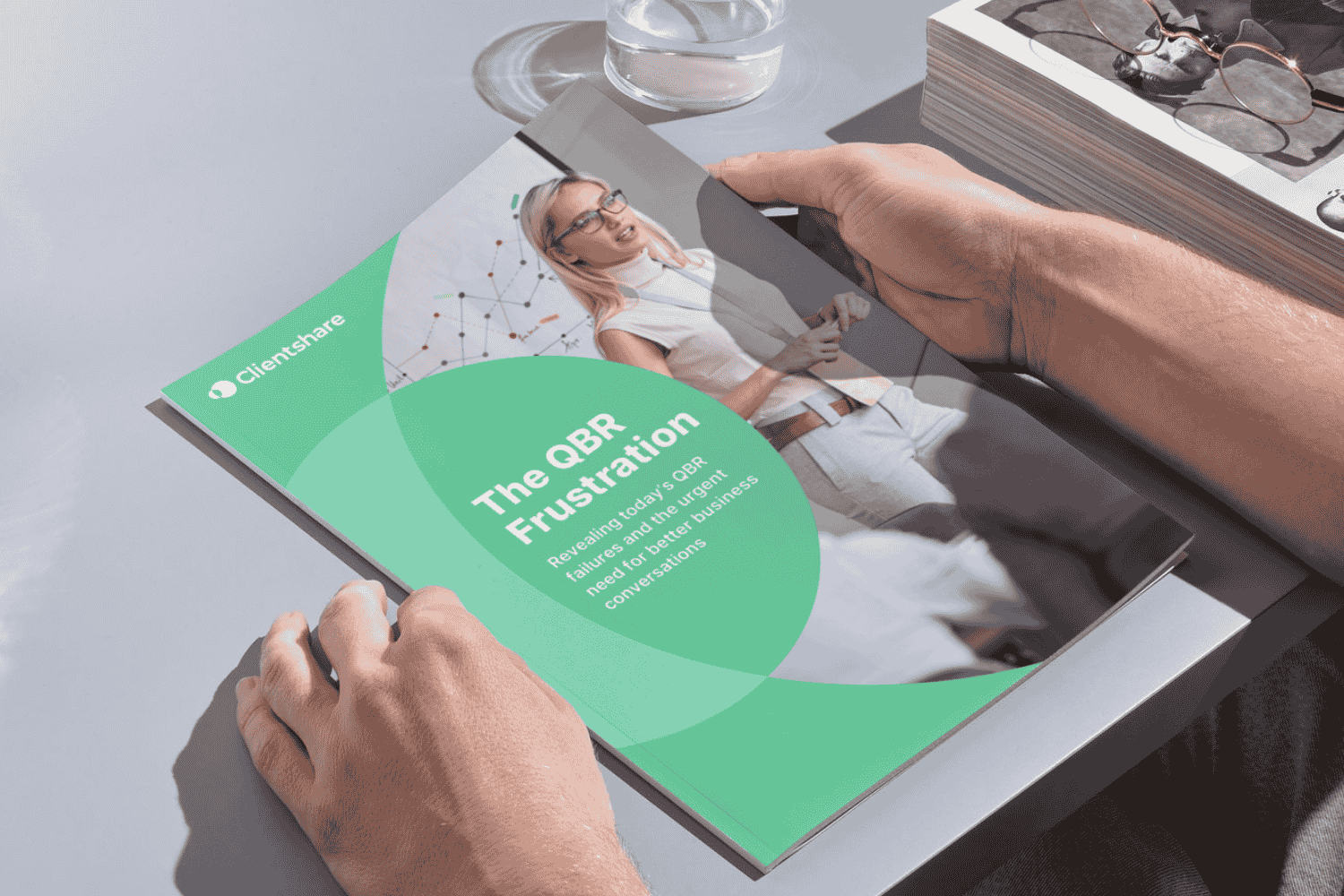
71% of suppliers and 68% of buyers cite the Quarterly Business Reviews (QBRs) as the no. 1 opportunity to showcase value in their partnership. Yet 82% of buyers have cancelled contracts due to poor QBRs (The QBR Delusion, 2024), meaning suppliers must rethink how they approach these crucial meetings.
Poor QBRs are causing customer churn
QBRs should reinforce supplier buyer relationships, but many are doing the opposite. 80% of suppliers say their profit margins are at risk of erosion if they fail to show value.
The top reasons supplier contracts are lost:
- 49% cite price related issues.
- 25% point to a lack of demonstrated value and innovation.
- 26% blame poor relationships or missed KPIs.

Suppliers are not evidencing their value successfully
Only 21% of suppliers feel confident that buyers fully understand the value they deliver.
This leads to unnecessary pricing pressure as 67% of suppliers say they are forced into price-based renegotiations because buyers do not see their full impact.
James Ward, CEO of Clientshare, explains,
“You don’t build profitable buyer relationships without effectively demonstrating high-quality service delivery, value and excellence on a regular and consistent basis. Suppliers may feel that they’re losing contracts based on cost but, in my experience, it’s so rare for a buyer to walk away from a good supplier because of price.”
QBRs must focus on growth
Too many QBRs focus on past performance instead of future value. Jason Bendell, Partnership Retention Director at Compass Group, explains,
“We dedicate 80% of our QBR to what is next. That is how we keep customers engaged and focused on growth”.
For long term contracts, structured QBRs are even more critical as Doug Jankiewicz, Managing Director of CBRE Global Workplace Solutions, EMEA knows:
“QBRs help us align with customers’ long-term strategies. Without them, it is impossible to maintain strong, multi-year partnerships”.

Four ways you can fix your QBRs
- Look ahead: Shift from a retrospective review to a forward-looking strategy before, during and after your review meetings.
- Engage decision makers: Get senior stakeholders from the supplier and buyer in the room wherever possible.
- Streamline and standardise: Reduce the nine-day prep time and create an efficient, consistent structure.
- Measure and improve: Use technology to track QBR effectiveness and capture actionable feedback.
Final thoughts
QBRs should protect margins and strengthen partnerships, not drive customers away. With 93% of buyers scrutinising supplier value more than before, it is time to evolve QBRs into strategic, value driven conversations.
Read more:




